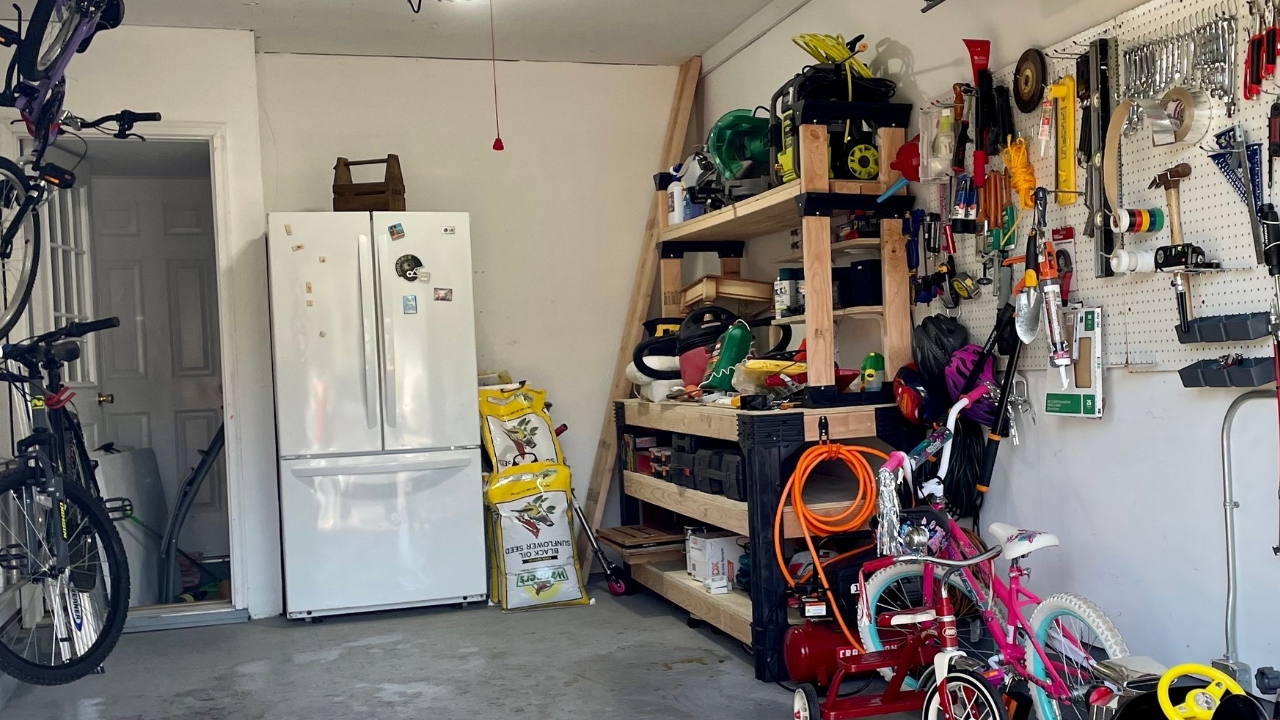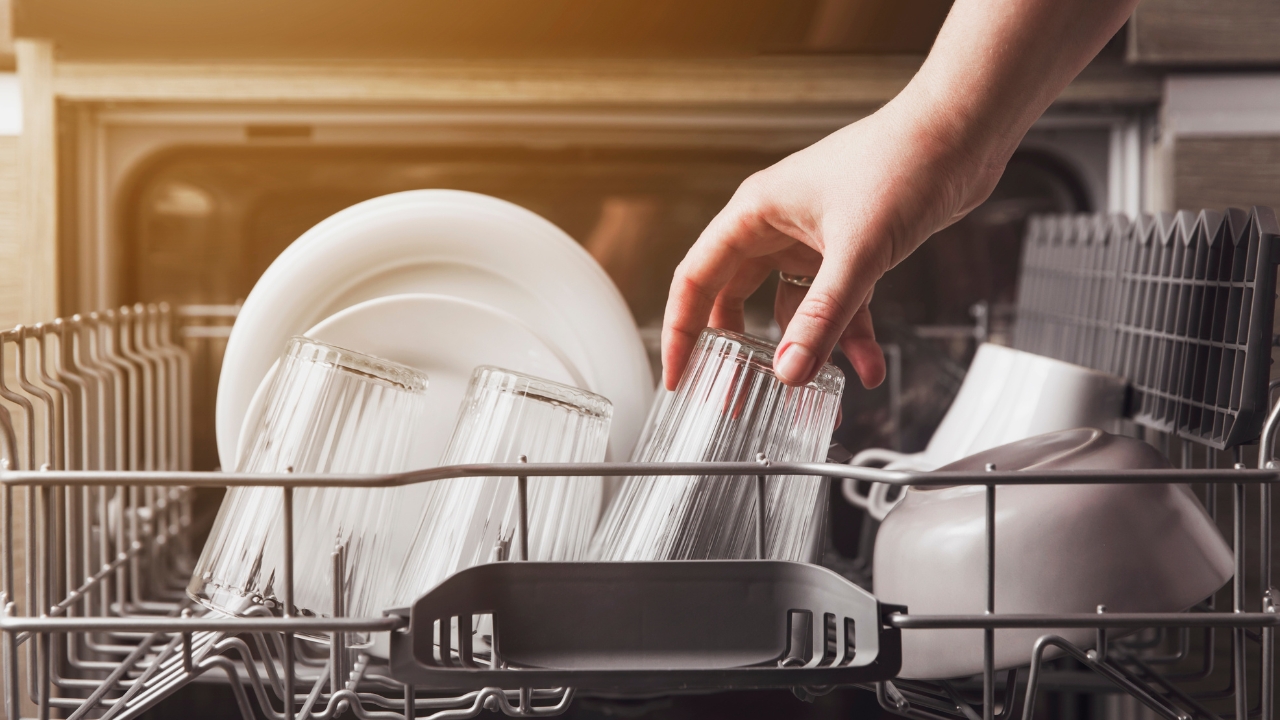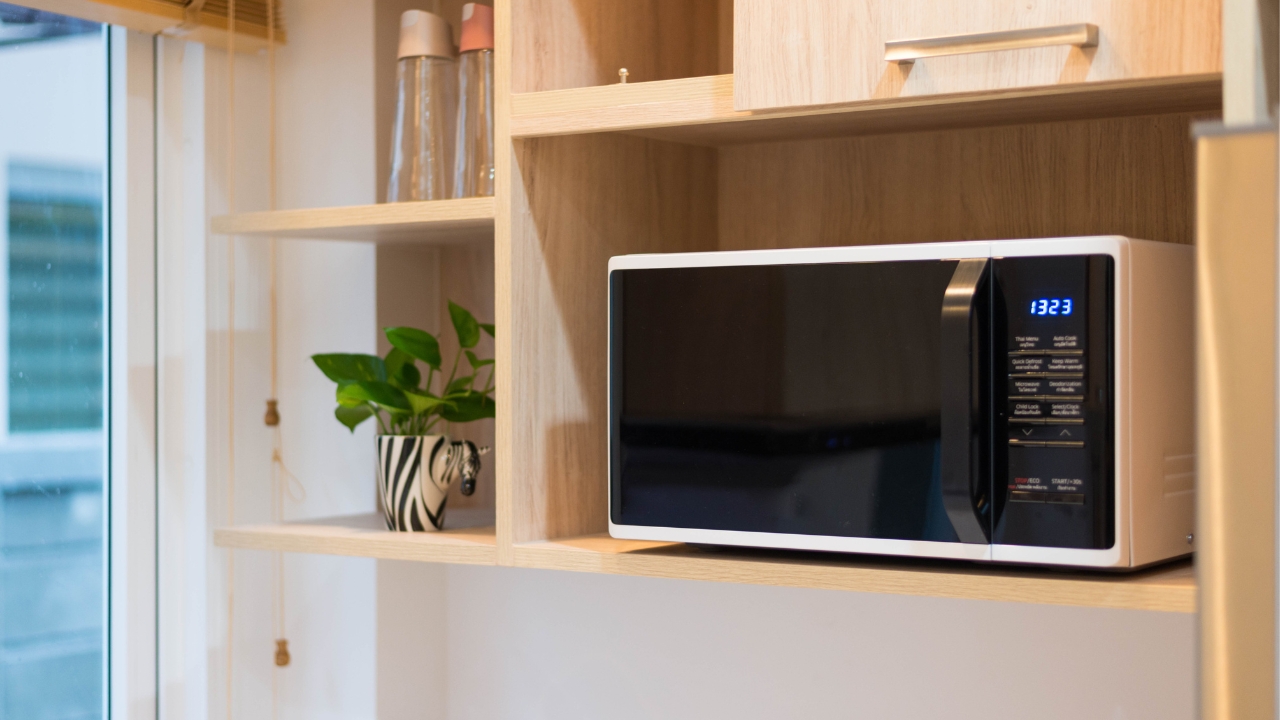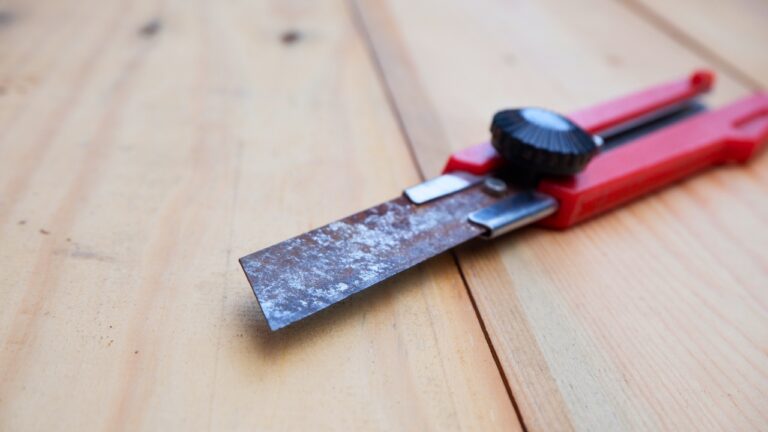8 appliances running up the bill without you noticing
You probably think of your HVAC system or water heater when it comes to high energy use, but it’s the smaller appliances that can quietly add dollars to your bill. Many of them sip power even when you’re not using them. The key is knowing which ones are worth unplugging or upgrading to energy-efficient models.
Old Refrigerators in the Garage

A second fridge in the garage can be one of the biggest energy drains in a home.
These older models often lack efficiency standards, and running them in a hot or uninsulated garage makes them work twice as hard. That “beer fridge” or overflow storage seems handy, but it could be costing you $15–$25 a month on its own. Upgrading or ditching it altogether can make a noticeable difference in your bill.
Clothes Dryers

Dryers are notorious energy hogs, especially older ones.
Running multiple small loads or overdrying clothes only adds to the cost. Line-drying when possible or investing in a dryer with a moisture sensor can cut down the expense. Even cleaning the lint trap every time makes it work more efficiently. Paying attention to this one appliance can save more than you think.
Dishwashers

A half-empty dishwasher uses nearly the same energy as a full one.
It also wastes water and runs your bill higher than necessary. Pre-rinsing dishes makes it worse, since you’re doubling water use. Waiting until it’s fully loaded and using the eco cycle when available helps keep energy and water waste to a minimum.
Microwaves on Standby

Most people don’t realize microwaves draw power even when not in use.
That little clock display and “ready” mode use energy constantly. It may seem minor, but combined with other appliances, standby power adds up over the month. Unplugging or using a smart power strip keeps that trickle of energy from becoming a steady drain on your wallet.
Gaming Consoles

Game consoles burn energy even when they’re “off.”
Rest mode keeps them updating and ready, which means they can consume as much as a small fridge each year. Turning them off completely instead of leaving them in standby is the only way to cut that cost. It’s a small change, but for households with kids or teens, it adds up quickly.
Coffee Makers

A plugged-in coffee maker keeps its clock and warming plate ready, using power you don’t need.
Even leaving it plugged in all day for “just in case” coffee adds dollars over time. Switching to a thermal carafe model keeps coffee hot without extra energy. Unplugging it after use is another easy fix that makes a difference long-term.
Desktop Computers

Desktops can quietly drain energy if left running.
Even idle, they use far more electricity than laptops. Shutting them down at night or using sleep mode helps, but unplugging or turning off the power strip is even better. If you don’t truly need a desktop, swapping to a laptop cuts energy use significantly.
TVs and Streaming Devices

Your TV and streaming sticks often run in the background.
They pull power to stay connected, even if you’re not watching. Newer TVs with “quick start” modes are especially bad about this. Using the power button isn’t enough—you need to unplug or use a smart strip to stop that constant flow of electricity.
*This article was developed with AI-powered tools and has been carefully reviewed by our editors.







